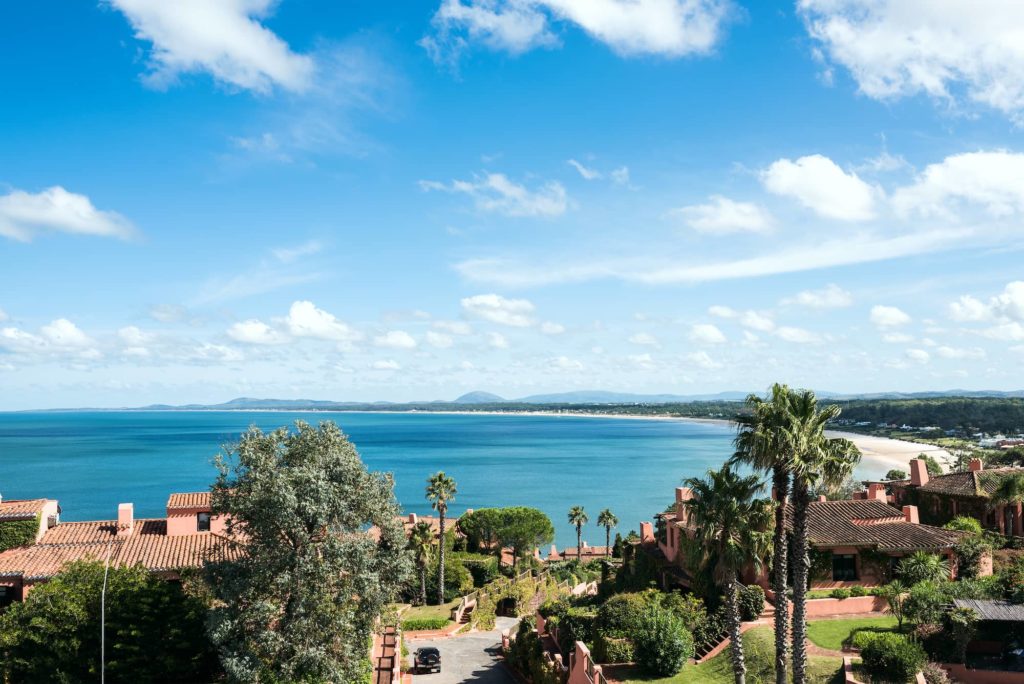Uruguay Zoos are closing for a better future
Uruguay announced in 2016 that it will continue efforts to close down its zoos and free all captive animals.
Uruguay already closed 4 county-run zoos and Paysandú and Rocha are the first ones. More Uruguay zoos such as the ones of the cities of Libertad and Ecilda Paullier in the province of San José are moving into that direction as well. This is part of an emergent new environmental awareness that questions humanity’s dominion over all other creatures. But also this has to do with fact that many zoos have become unattractive and there is a need of transformation. The former zoos will eventually turn into botanical gardens, sport and fitness facilities and civic centers. Other places will be turned into hostels, parks and play areas for children.
Although there are still many zoos in the various towns of Uruguay´s country side, the decision of closing zoos has had a domino effect all over the country and the plans to move forward in this program are firm.
Montevideo has closed its small centric Zoo to restructure it and will no longer have any African animals. As from 2016 on, it will focus on smaller South American animals that are easier to keep and to recreate environments for them. Unfortunately the zoo’s last elephant died of arthritis, which is a common disease for animals kept in captivity for so long. Zoo keepers from Montevideo also hope to find better homes for a lonely giraffe and a hippopotamus.
The decision made is mainly because the authorities of these municipalities are opposing to keep animals in small and unsuitable environments.
Relocation
Gathering funds to find solutions to give a better future to the captive animals and wildlife is the top priority agenda for 2016.
In Montevideo, Salto and Maldonado there are leading activists working together to work on the closing of zoos and contacting international NGOs to guide them through the process. The non-governmental organizations like Homeless Animals from Montevideo are working with zoos from Rocha and Paysandú to help that complex task.
The main difficulty in closing zoos is that the municipalities are facing the urgent need to relocate animals safely, who cannot be set free because they were born in captivity or due to the species main characteristics and danger in their natural habitat.
Such is the case of the Baboons. There are too many and families cannot be mixed easily. Some native birds and reptiles were sent to M’Bopicuá a bio park located in Fray Bentos of more than 150 hectares where animals can roam freely.
The NGO Friends of the animals from Paysandú sent three lions to the place of the American Wild Animal Sanctuary.
Since lions Sun, Moon and Juliet arrived at their new habitat, the zoo has continued to distribute other animals with the intention of getting to zero and close the center.
Another case is the 10 year old male Bengal tiger and a female tiger living in a 5 by 6 meter cage surrounded by cement walls in Montevideo´s Villa Dolores Zoo. Animal Protections from Montevideo could finally find them a new home at the Wild Animal Sanctuary in Texas and a Tiger Sanctuary in Missouri.
Wild endangered species strongly protected
Uruguay`s biogeographic characteristics plus the predatory actions of man have determined the fate of native fauna and its gradual and steady decline of species. This small nation is a unique place on earth home to creatures that do not exist in other regions.
In Uruguay there is a wealth of flora and fauna with more than 1500 common species in our forests and environments. There are 400 species of fish in the river and marine ecosystems, 34 species of amphibians, 56 of reptiles, 400 birds and 90 types of mammals.
However there are some species who have completely disappeared, such as the puma, jaguar, the lake deer and the anteater. Others, like the coati, alligators, foxes and guazubirá are threatened or endangered.
Since there are no natural barrier aside from hills and not rivers larger mammals have migrated to safer regions. Yet there is a great diversity small size mammals like the bobcat, skunk, ferret, otter and weasel. There are very many rodents such as the capybara, ampere, hedgehog and armadillo.
Uruguay´s government has updated this year the safe regions and trained park rangers to prevent hunting wild species.
By Mary Ann Thompson

